Home>Technology>Security & Surveillance>What Is A Deadbolt Door Lock
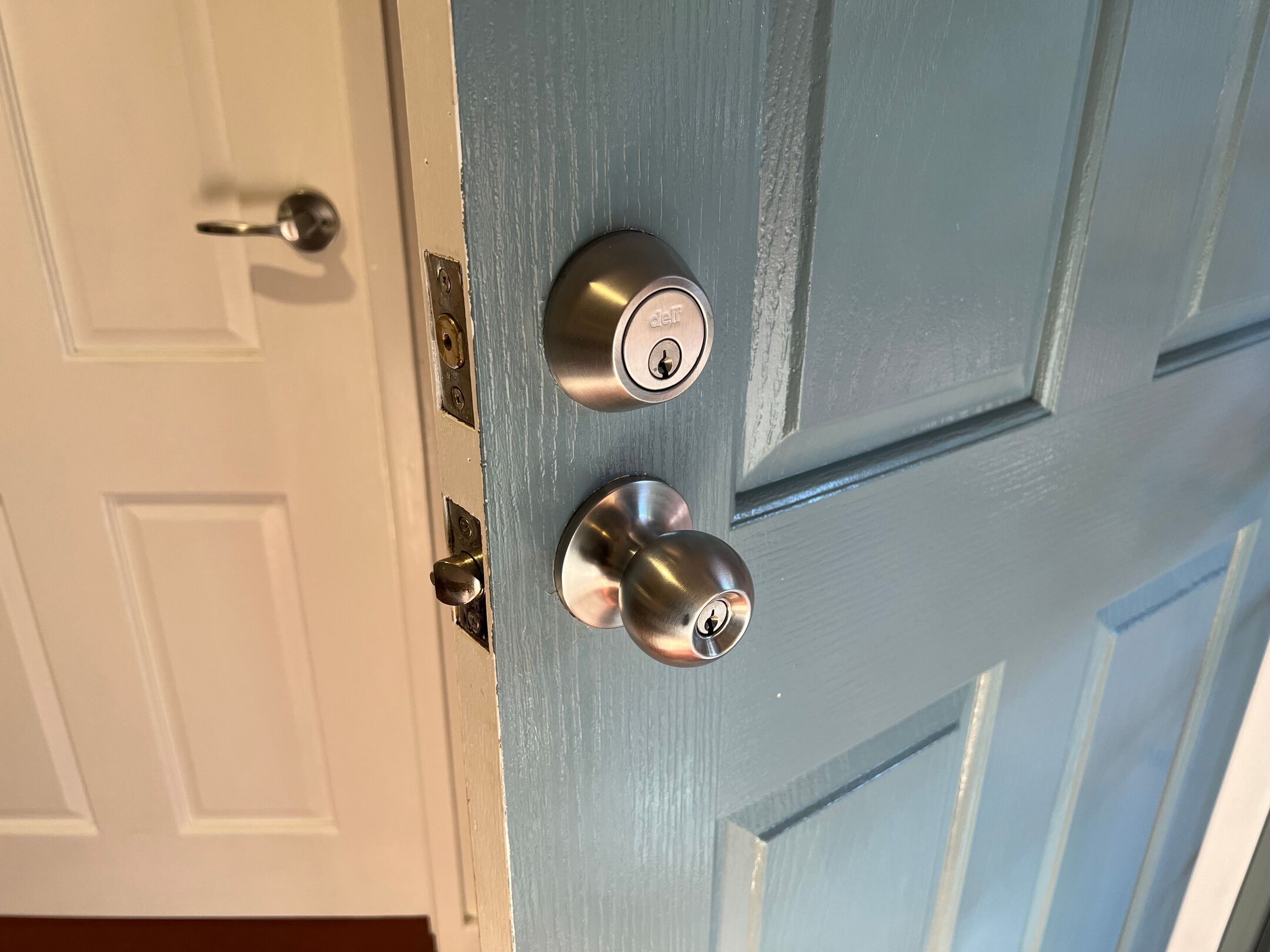

Security & Surveillance
What Is A Deadbolt Door Lock
Modified: August 27, 2024
Learn why deadbolt door locks are essential for home security and surveillance. Find out how these locks provide added protection and peace of mind. Discover the best deadbolt options for your security needs.
(Many of the links in this article redirect to a specific reviewed product. Your purchase of these products through affiliate links helps to generate commission for Storables.com, at no extra cost. Learn more)
Introduction
Welcome to the world of home security, where the humble deadbolt door lock stands as a stalwart defender against unauthorized entry. In this comprehensive guide, we will delve into the intricacies of deadbolt door locks, from their historical evolution to the various types available today. Whether you are a homeowner seeking to bolster your property’s security or a curious mind eager to understand the mechanisms behind this essential security feature, this article aims to provide valuable insights into the world of deadbolt door locks.
As we embark on this exploration, we will uncover the inner workings of deadbolt door locks, the benefits they offer, and crucial considerations for selecting the most suitable option for your specific needs. Additionally, we will discuss the installation and maintenance of these locks, empowering you with the knowledge necessary to make informed decisions regarding your home security.
Join us on this journey through the history, types, functionality, and practical aspects of deadbolt door locks, and let’s unravel the secrets of these unassuming yet formidable protectors of our homes and loved ones.
Key Takeaways:
- Deadbolt door locks have a rich history and have evolved to provide robust security for homes and businesses, offering protection against unauthorized entry and bolstering peace of mind.
- Understanding the types, benefits, and considerations for choosing and maintaining deadbolt locks empowers homeowners to fortify their properties with effective and reliable security solutions.
Read more: How To Remove A Deadbolt Lock From A Door
History of Deadbolt Door Locks
The history of deadbolt door locks traces back to ancient civilizations, where rudimentary forms of locks were crafted to secure dwellings and valuables. The concept of securing doors with bolts can be found in civilizations such as ancient Egypt, Greece, and Rome, where wooden or metal bars were used to reinforce doors. However, the modern deadbolt as we know it today has evolved significantly over time.
One of the earliest iterations of the deadbolt can be attributed to the ingenious mind of an American inventor named Abraham O. Stansbury. In 1963, Stansbury patented a door lock featuring a pin tumbler mechanism, which laid the groundwork for the deadbolt locks we rely on today. This pivotal development marked the transition from traditional latch-based locks to the more robust and secure deadbolt design.
Over the years, deadbolt door locks have undergone continuous refinement and enhancement, incorporating advanced materials and precision engineering to maximize security. The proliferation of residential burglaries and the growing awareness of home security further fueled the demand for more resilient locking mechanisms, leading to the widespread adoption of deadbolt locks in residential and commercial settings.
Today, deadbolt door locks are integral components of comprehensive home security systems, offering a formidable barrier against unauthorized access. Their evolution from simple wooden or metal bars to sophisticated, tamper-resistant mechanisms reflects the enduring human quest for safety and protection.
As we navigate through the historical trajectory of deadbolt door locks, it becomes evident that these essential security features have transcended time and continue to adapt to the evolving landscape of security threats, making them indispensable elements of modern-day home fortifications.
Types of Deadbolt Door Locks
Deadbolt door locks come in various types, each offering unique features and security benefits. Understanding the distinctions between these types is crucial for selecting the most suitable lock to fortify your home’s defenses. Let’s explore the common variations of deadbolt door locks:
- Single Cylinder Deadbolt: This traditional deadbolt type features a key cylinder on the exterior and a thumb turn on the interior. It provides a simple yet effective means of securing a door, allowing for key access from the outside and convenient locking and unlocking from within the property.
- Double Cylinder Deadbolt: Unlike its single-cylinder counterpart, the double cylinder deadbolt requires a key for operation from both the exterior and the interior. This design offers heightened security, especially for doors with glass panels, as it prevents intruders from reaching inside to unlock the door.
- Keyless Deadbolt: Keyless deadbolt locks utilize electronic or mechanical keypad systems, eliminating the need for traditional keys. These innovative locks offer convenience and enhanced security, as entry is granted through personalized codes or electronic fobs, reducing the risk of unauthorized key duplication.
- Smart Deadbolt: Leveraging cutting-edge technology, smart deadbolt locks integrate with home automation systems, enabling remote access and monitoring via smartphones or other connected devices. They often feature advanced security features, such as activity logs and tamper alerts, enhancing overall home security.
- Vertical Deadbolt: Vertical deadbolts are designed for sliding doors and windows, providing vertical locking mechanisms to secure these vulnerable entry points. They offer an additional layer of protection against forced entry and are particularly suitable for patio doors and large windows.
Each type of deadbolt door lock presents distinct advantages, catering to diverse security requirements and homeowner preferences. Whether prioritizing convenience, heightened security, or seamless integration with smart home systems, there is a deadbolt lock type tailored to meet your specific needs.
By understanding the nuances of each deadbolt type, homeowners can make informed decisions when fortifying their properties with these essential security features, ensuring optimal protection against unauthorized access and bolstering peace of mind.
How Deadbolt Door Locks Work
Understanding the inner workings of deadbolt door locks unveils the mechanisms that contribute to their robust security features. Whether it’s a traditional single cylinder deadbolt or a cutting-edge smart lock, the fundamental principles of operation remain consistent across different types of deadbolt locks.
When a key is inserted into the exterior cylinder of a deadbolt lock and turned, it engages a series of components within the lock mechanism. This action retracts the lock’s bolt from the door frame, allowing the door to open. Conversely, when the key is turned in the opposite direction or the thumb turn is rotated, the bolt extends, securing the door in a locked position.
The bolt of a deadbolt lock is a solid metal bar that extends or retracts from the lock housing into the door frame’s strike plate, creating a robust barrier that prevents unauthorized entry. The bolt’s substantial length ensures that it penetrates deep into the strike plate, fortifying the door’s resistance to forced entry attempts.
For double cylinder deadbolts, the operation is similar, with the added requirement of a key for both locking and unlocking from both the exterior and interior sides of the door. This design provides enhanced security, particularly for doors with glass panels, as it prevents intruders from manipulating the lock from the inside.
Keyless and smart deadbolt locks employ electronic or mechanical systems to control the locking and unlocking mechanisms. Keyless locks utilize personalized codes or electronic fobs to grant access, while smart locks integrate with home automation systems, enabling remote operation and monitoring through connected devices. These advanced features not only enhance convenience but also offer additional layers of security through tamper alerts, activity logs, and remote access control.
Regardless of the specific type, deadbolt door locks are engineered to withstand considerable force and tampering, providing reliable protection for residential and commercial properties. Their robust construction and dependable locking mechanisms make them indispensable components of comprehensive home security systems.
By comprehending the functionality of deadbolt door locks, homeowners can appreciate the formidable security measures these devices offer, instilling confidence in the safety and integrity of their living spaces.
Benefits of Deadbolt Door Locks
Deadbolt door locks offer a myriad of benefits that contribute to bolstering home security and providing peace of mind for homeowners. Understanding these advantages is crucial for appreciating the value that deadbolts bring to residential and commercial properties. Let’s explore the significant benefits of incorporating deadbolt door locks into your security strategy:
- Enhanced Security: Deadbolt locks provide robust protection against unauthorized entry attempts, as their solid construction and extended bolts fortify doors against forced intrusion. Their resistance to physical manipulation and brute force makes them formidable deterrents for potential intruders.
- Deterrent to Burglars: Visible deadbolt locks act as a visual deterrent to burglars, signaling that the property is well-secured and less susceptible to break-ins. This psychological barrier can dissuade criminals from attempting unauthorized access, contributing to overall crime prevention.
- Double Cylinder Security: Double cylinder deadbolts, in particular, offer heightened security for doors with glass panels or windows adjacent to the door. By requiring a key for both the exterior and interior sides, they mitigate the risk of intruders reaching inside to unlock the door, enhancing overall security.
- Keyless and Smart Lock Convenience: Keyless and smart deadbolt locks offer unparalleled convenience, eliminating the need for traditional keys and enabling seamless entry through personalized codes or electronic fobs. Smart locks also provide remote access control and monitoring, enhancing overall accessibility and security management.
- Compatibility with Home Security Systems: Deadbolt locks seamlessly integrate with comprehensive home security systems, complementing other protective measures such as alarms, surveillance cameras, and access control systems. This integration enhances the overall security posture of the property, creating a cohesive defense against potential threats.
- Peace of Mind: By fortifying entry points with deadbolt locks, homeowners gain peace of mind, knowing that their properties are equipped with reliable security measures. This assurance fosters a sense of safety and well-being, allowing residents to feel secure within their living spaces.
The benefits of deadbolt door locks extend beyond mere physical security, encompassing psychological deterrents and modern conveniences that align with the evolving needs of homeowners. By embracing these advantages, individuals can proactively safeguard their homes and create secure environments for themselves and their families.
When installing a deadbolt lock, make sure it extends at least one inch into the door frame to provide maximum security. Also, consider using a reinforced strike plate for added protection.
Read also: 11 Amazing Deadbolt Door Lock For 2025
Considerations When Choosing a Deadbolt Door Lock
When selecting a deadbolt door lock for your property, several critical considerations come into play, ensuring that you choose a lock that aligns with your security needs and lifestyle. By evaluating these factors, homeowners can make informed decisions and implement effective security measures. Let’s explore the key considerations when choosing a deadbolt door lock:
- Security Requirements: Assess the security needs of your property, considering factors such as crime rates in the area, property layout, and potential vulnerabilities. Identify areas that require enhanced security, such as primary entry doors, and choose deadbolt locks that provide the appropriate level of protection.
- Lock Type: Determine the most suitable deadbolt type for your specific requirements, whether it’s a traditional single cylinder, double cylinder for added security, keyless for convenience, or smart lock for advanced features and integration with home automation systems.
- Material and Durability: Evaluate the construction and material quality of the deadbolt lock, ensuring it is durable and resistant to tampering. Look for locks made from robust materials such as solid steel or hardened alloy to ensure long-term reliability.
- Installation Compatibility: Consider the compatibility of the deadbolt lock with your existing door and frame. Ensure that the lock’s dimensions and installation requirements align with your door’s specifications, facilitating a seamless and secure installation process.
- Key Control and Duplication: For traditional key-operated deadbolts, consider key control measures and the possibility of unauthorized key duplication. Explore options such as high-security keys and restricted keyways to mitigate the risk of unauthorized access through copied keys.
- Convenience and Accessibility: If opting for keyless or smart deadbolt locks, prioritize convenience and accessibility features that align with your lifestyle. Consider factors such as remote access control, personalized codes, and integration with home automation systems to enhance overall convenience and security management.
- Warranty and Support: Look for deadbolt locks backed by comprehensive warranties and reliable customer support. A robust warranty ensures long-term protection and assistance in the event of any lock-related issues or concerns.
By carefully considering these factors, homeowners can navigate the diverse landscape of deadbolt door locks and make informed choices that optimize their properties’ security. Tailoring the selection process to specific security needs and lifestyle preferences empowers individuals to fortify their homes with effective and reliable security solutions.
Installation and Maintenance of Deadbolt Door Locks
Proper installation and regular maintenance are essential for ensuring the optimal functionality and longevity of deadbolt door locks. By following best practices for installation and implementing routine maintenance measures, homeowners can maximize the effectiveness of their security systems. Let’s delve into the crucial aspects of installing and maintaining deadbolt locks:
Installation
When installing a deadbolt door lock, precision and attention to detail are paramount to guarantee its effectiveness as a security measure. Here are key considerations for the installation process:
- Professional Installation: For optimal results, consider engaging professional locksmith services for the installation of deadbolt locks. Experienced locksmiths possess the expertise and tools necessary to ensure accurate installation, proper alignment, and secure attachment to the door and frame.
- Correct Positioning: Position the deadbolt lock and strike plate accurately to ensure that the bolt extends smoothly into the strike plate when locking the door. Proper alignment minimizes wear and tear on the lock components and enhances overall security.
- Secure Attachment: Ensure that the deadbolt lock is securely attached to the door, utilizing high-quality screws and fasteners to fortify its resistance to forced entry attempts. A robust attachment minimizes the risk of the lock being compromised due to physical manipulation.
- Testing and Adjustment: After installation, thoroughly test the deadbolt lock to verify its smooth operation. Make any necessary adjustments to the strike plate and bolt alignment to ensure seamless locking and unlocking without undue friction or resistance.
Maintenance
Regular maintenance is vital for preserving the functionality and security of deadbolt door locks. Implement the following maintenance practices to uphold the reliability of your locks:
- Periodic Lubrication: Apply a recommended lubricant to the deadbolt lock’s moving parts, including the bolt, latch, and keyway, to minimize friction and ensure smooth operation. Regular lubrication prevents wear and maintains the lock’s operational integrity.
- Inspection and Adjustment: Periodically inspect the deadbolt lock for any signs of wear, misalignment, or damage. Make necessary adjustments to the lock’s components and alignment to address any issues that may compromise its security or functionality.
- Cleaning and Debris Removal: Keep the deadbolt lock and its surrounding area free from dirt, debris, and obstructions. Regularly clean the lock mechanism and remove any accumulated debris to prevent interference with its operation.
- Security System Integration: If the deadbolt lock is part of a comprehensive security system, ensure that it remains seamlessly integrated with other security components, such as alarms and surveillance systems. Regularly test the lock’s compatibility with the broader security infrastructure to maintain its effectiveness.
By adhering to proper installation practices and implementing routine maintenance, homeowners can uphold the reliability and security of their deadbolt door locks, fortifying their properties against unauthorized access and enhancing overall peace of mind.
Conclusion
Deadbolt door locks stand as stalwart guardians, fortifying our homes and businesses against unauthorized entry and providing a sense of security that is indispensable in today’s world. From their historical roots to the modern innovations that have transformed them into formidable security features, deadbolts have continuously evolved to meet the evolving needs of homeowners and businesses.
As we’ve explored the intricacies of deadbolt door locks, from their various types and operational mechanisms to the critical considerations when selecting and maintaining them, it becomes clear that these unassuming devices play a pivotal role in safeguarding our living and working spaces. Their benefits extend beyond physical security, encompassing peace of mind, convenience, and seamless integration with modern lifestyles and home automation systems.
By understanding the significance of deadbolt door locks and embracing the best practices for their installation and maintenance, homeowners and property managers can proactively enhance their security postures and create environments where safety and protection are paramount. Whether it’s the traditional reliability of a single cylinder deadbolt, the heightened security of a double cylinder lock, or the modern conveniences offered by keyless and smart locks, there is a deadbolt type tailored to meet diverse security needs and lifestyle preferences.
As we conclude this exploration, it’s evident that deadbolt door locks are not merely mechanical devices but essential components of comprehensive security strategies, offering peace of mind and a steadfast defense against potential threats. By integrating these robust locks into our security frameworks and nurturing them through proper installation and maintenance, we fortify our homes and businesses, creating environments where safety, security, and tranquility prevail.
Let us continue to embrace the enduring protection and reliability that deadbolt door locks offer, empowering ourselves and our communities with the assurance that our properties are safeguarded by these steadfast sentinels of security.
Frequently Asked Questions about What Is A Deadbolt Door Lock
Was this page helpful?
At Storables.com, we guarantee accurate and reliable information. Our content, validated by Expert Board Contributors, is crafted following stringent Editorial Policies. We're committed to providing you with well-researched, expert-backed insights for all your informational needs.
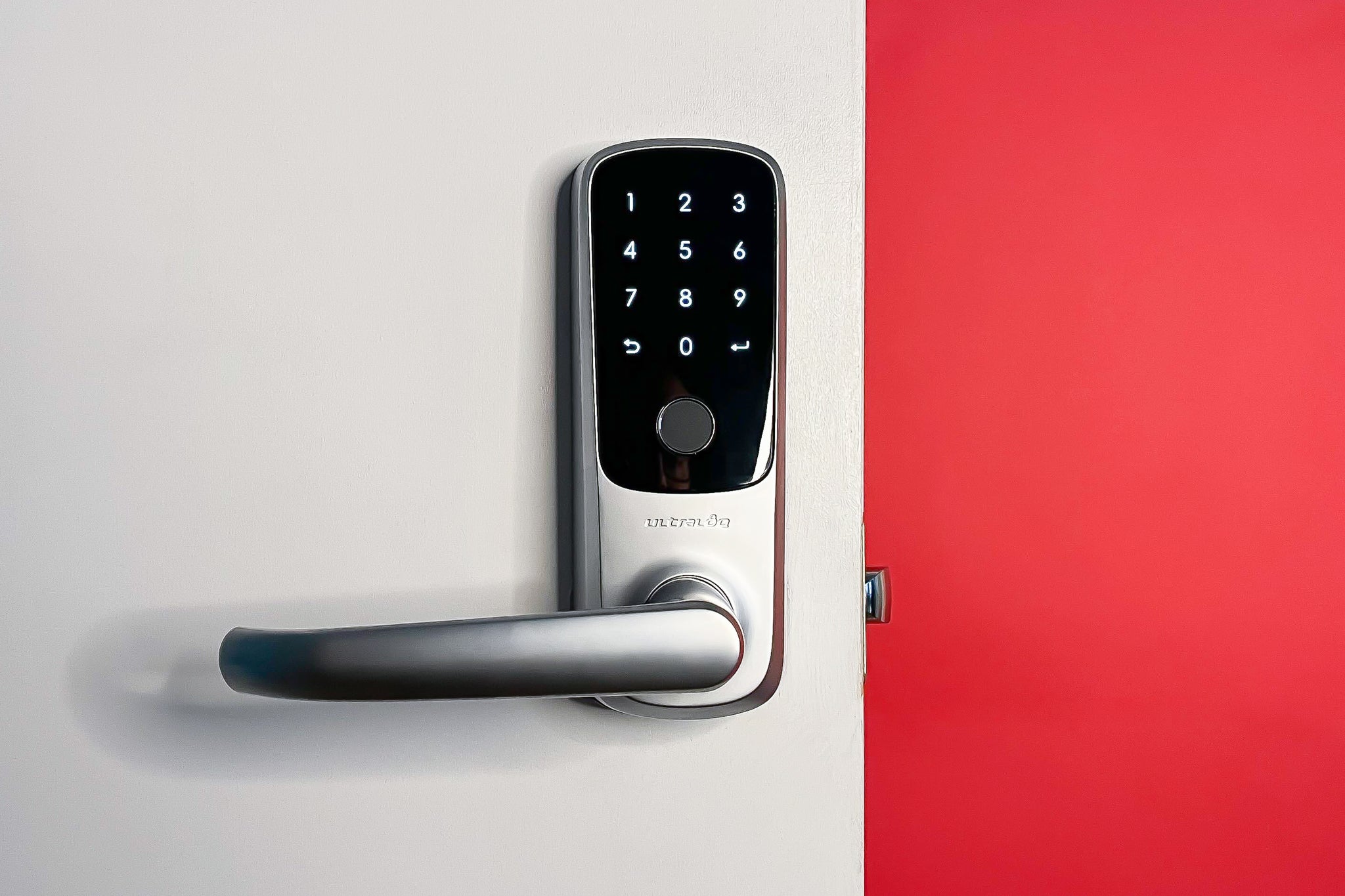
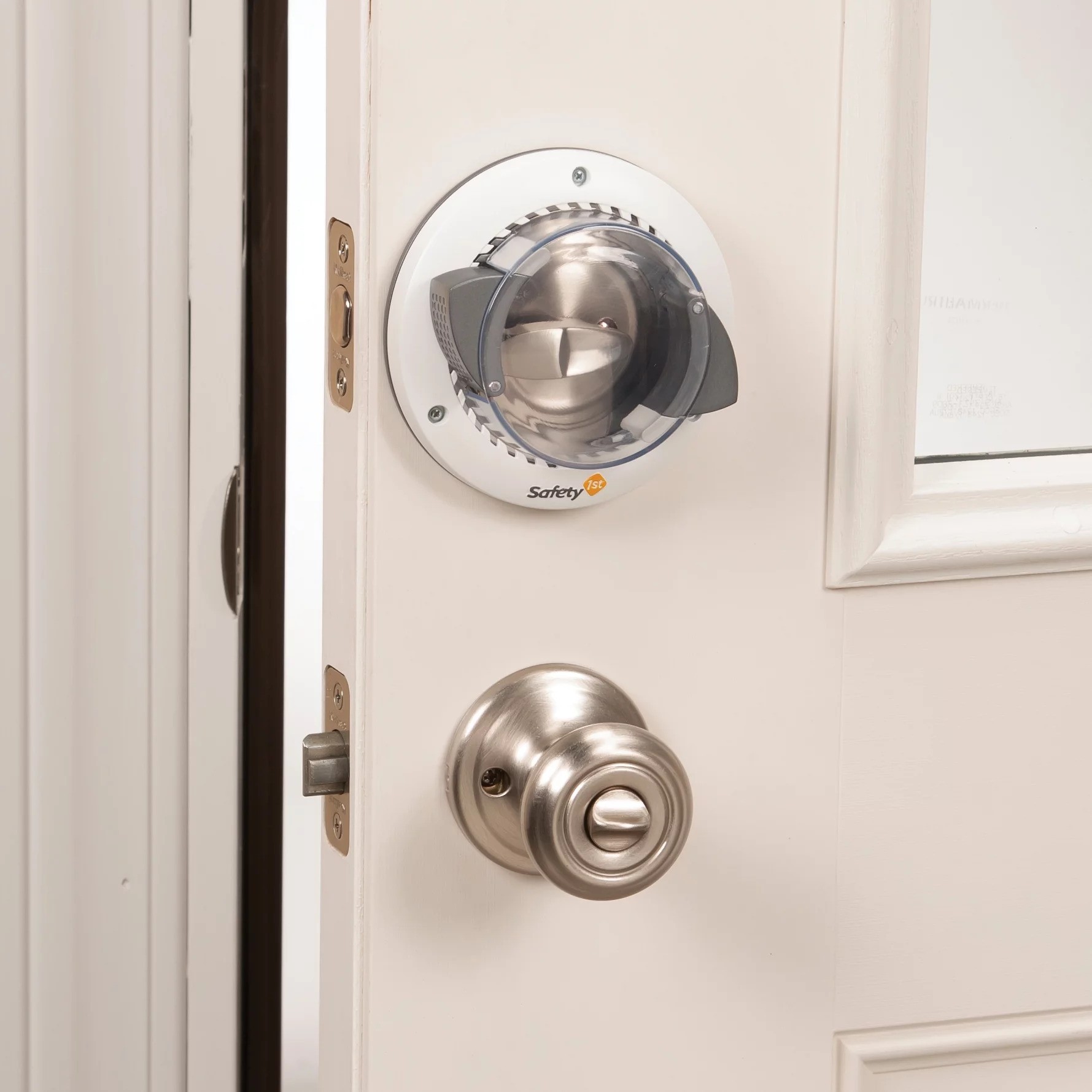
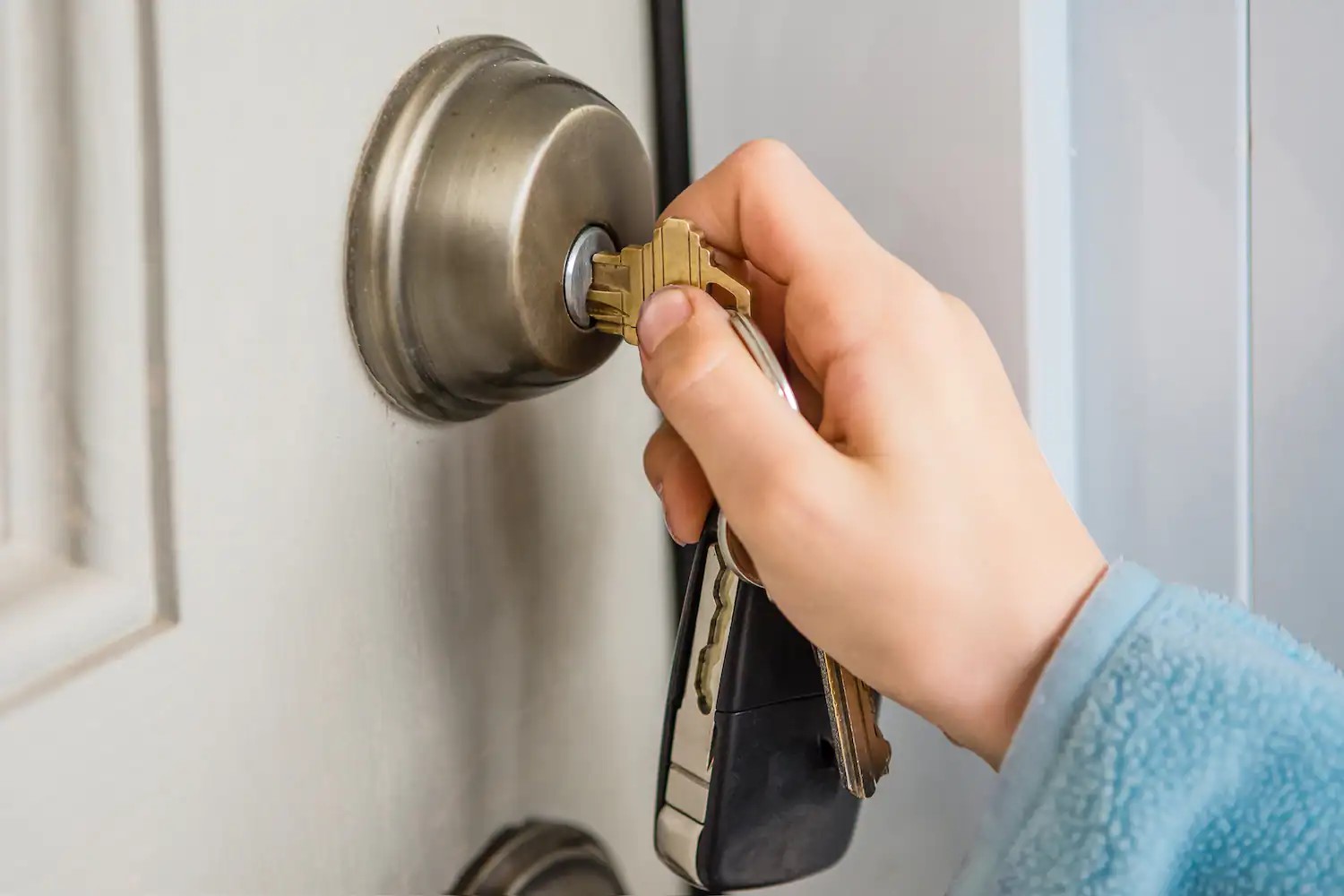
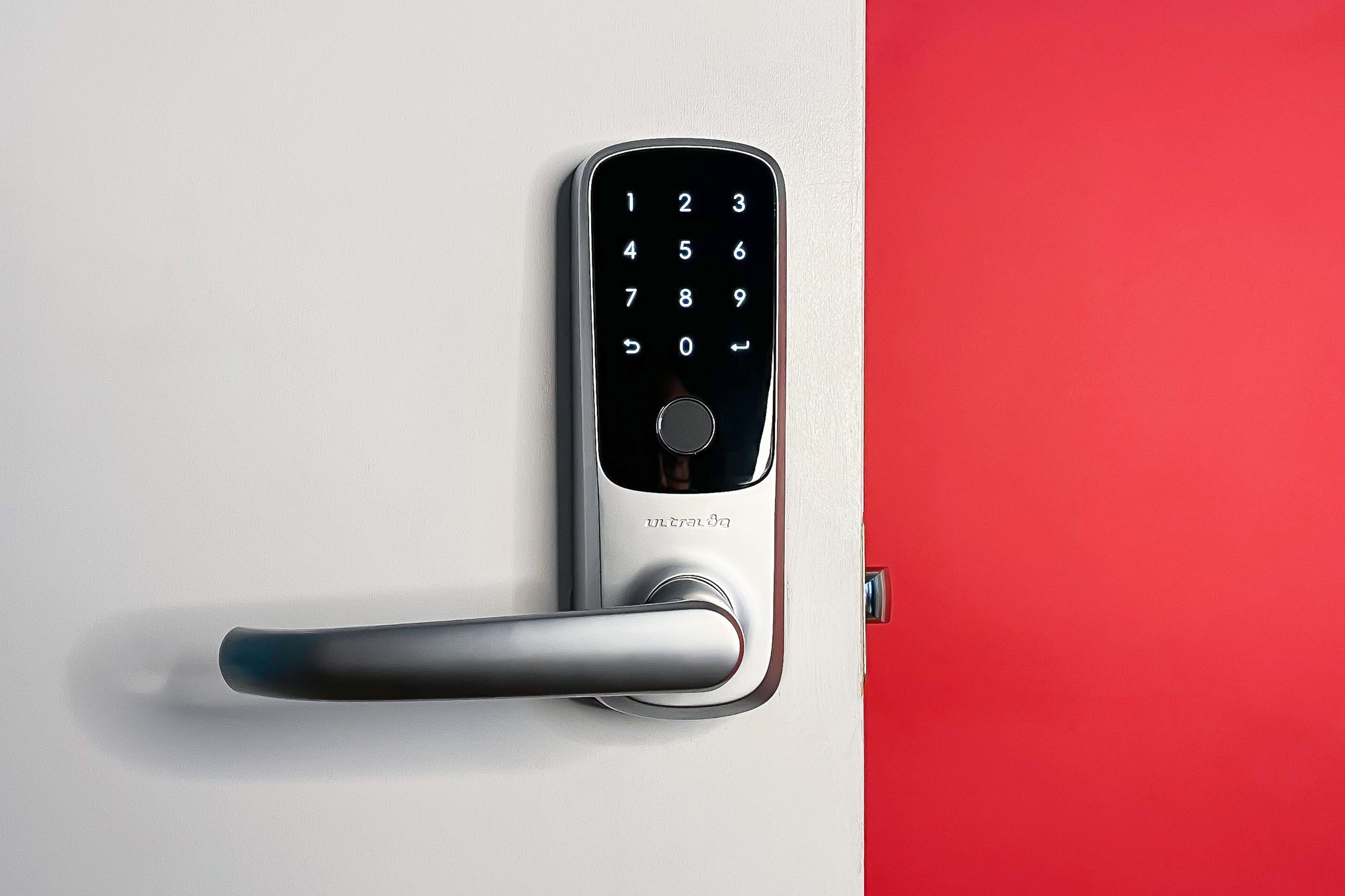
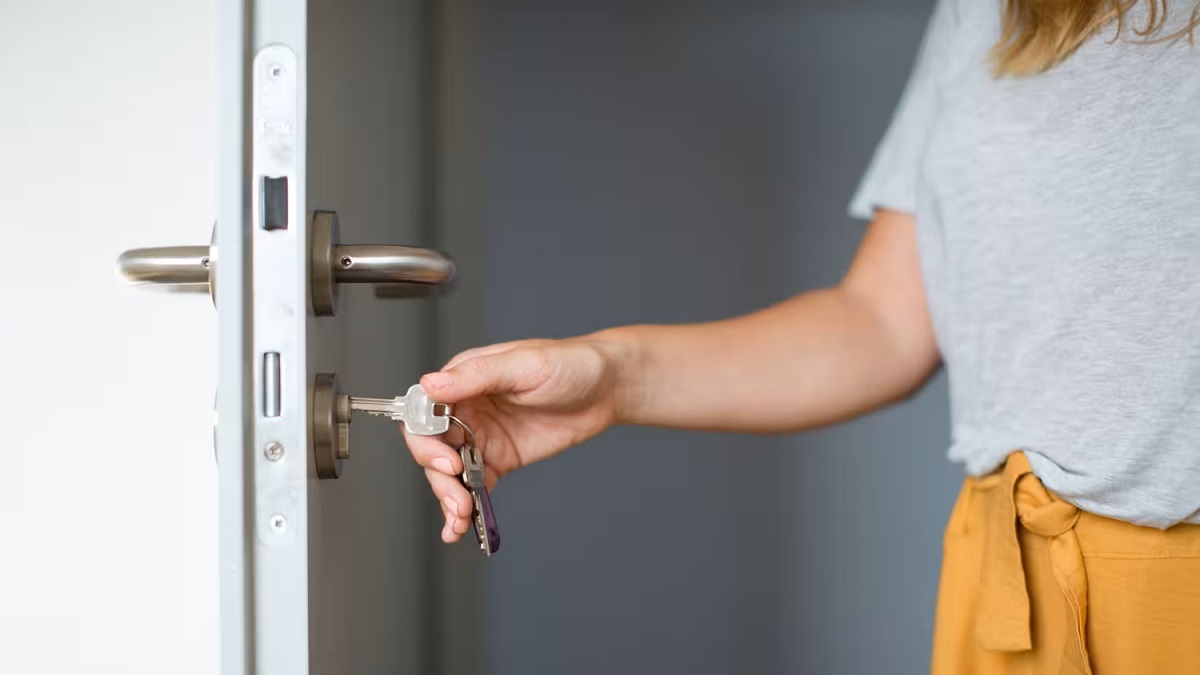
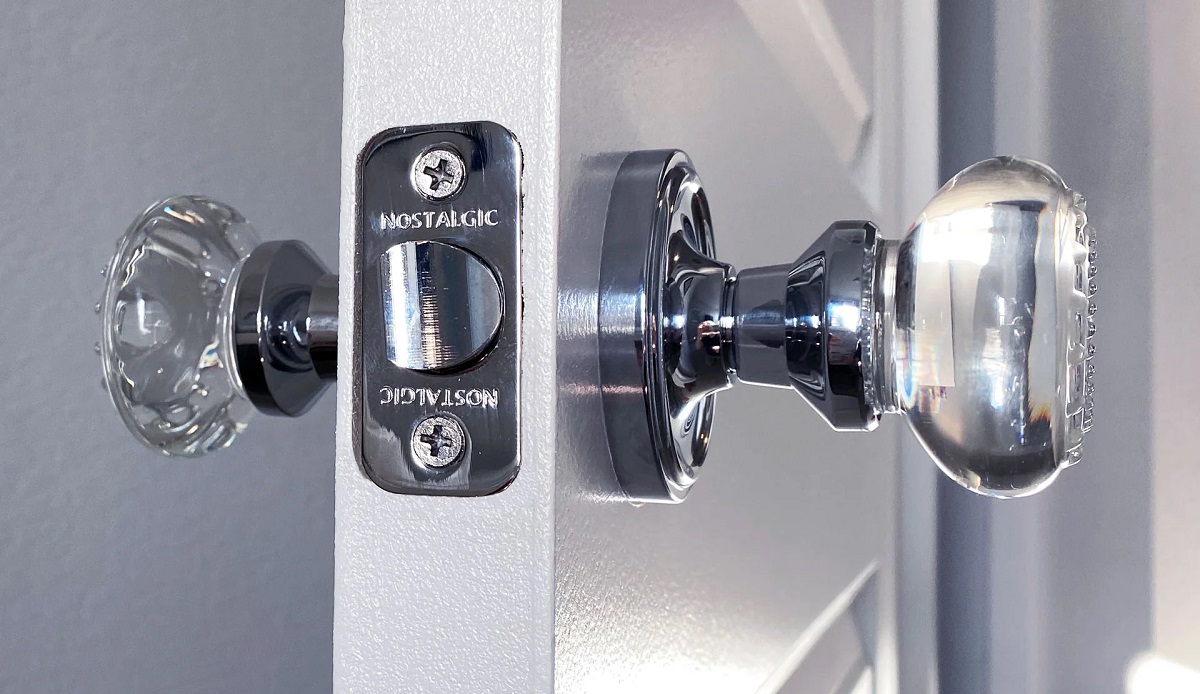
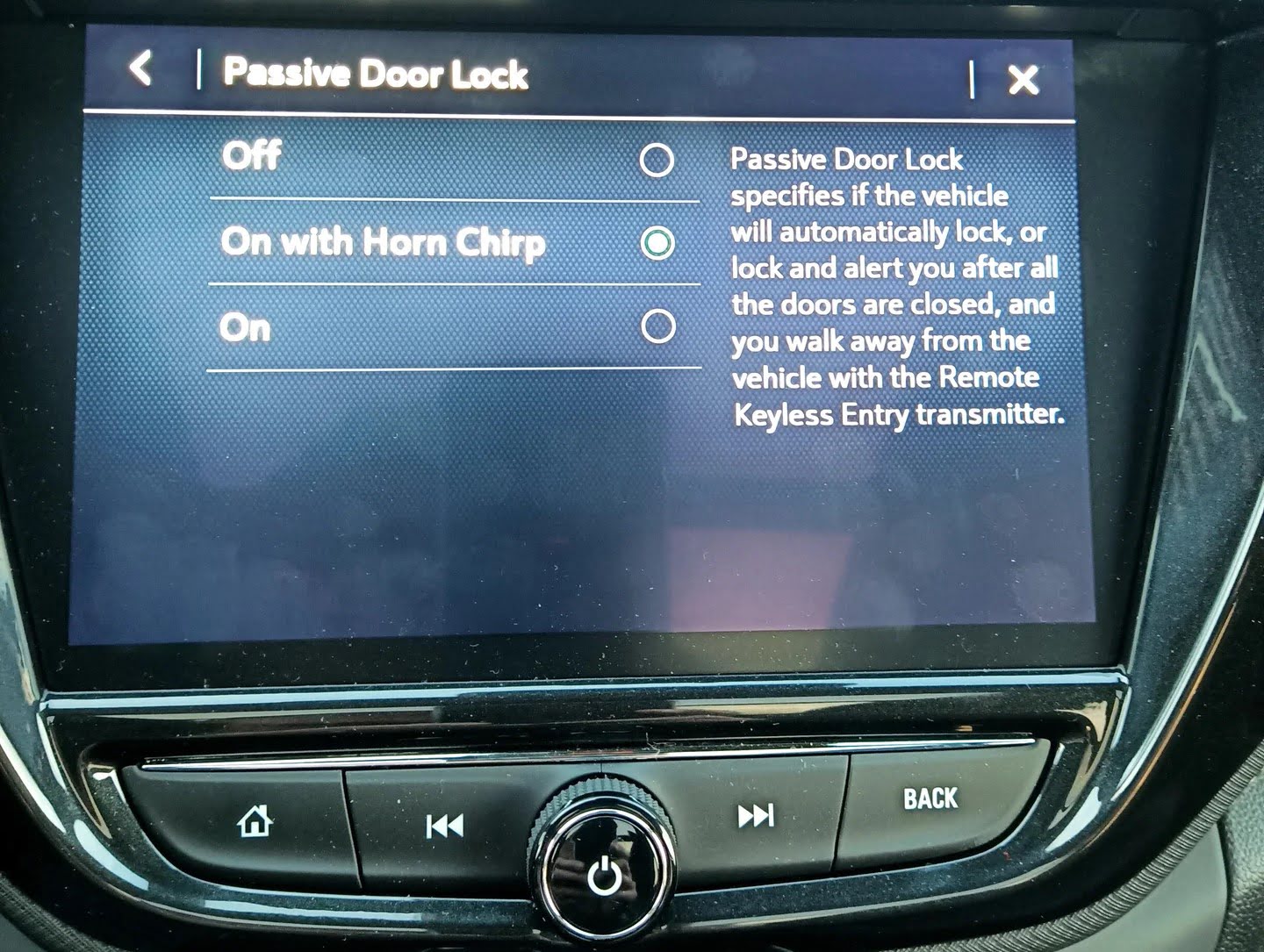
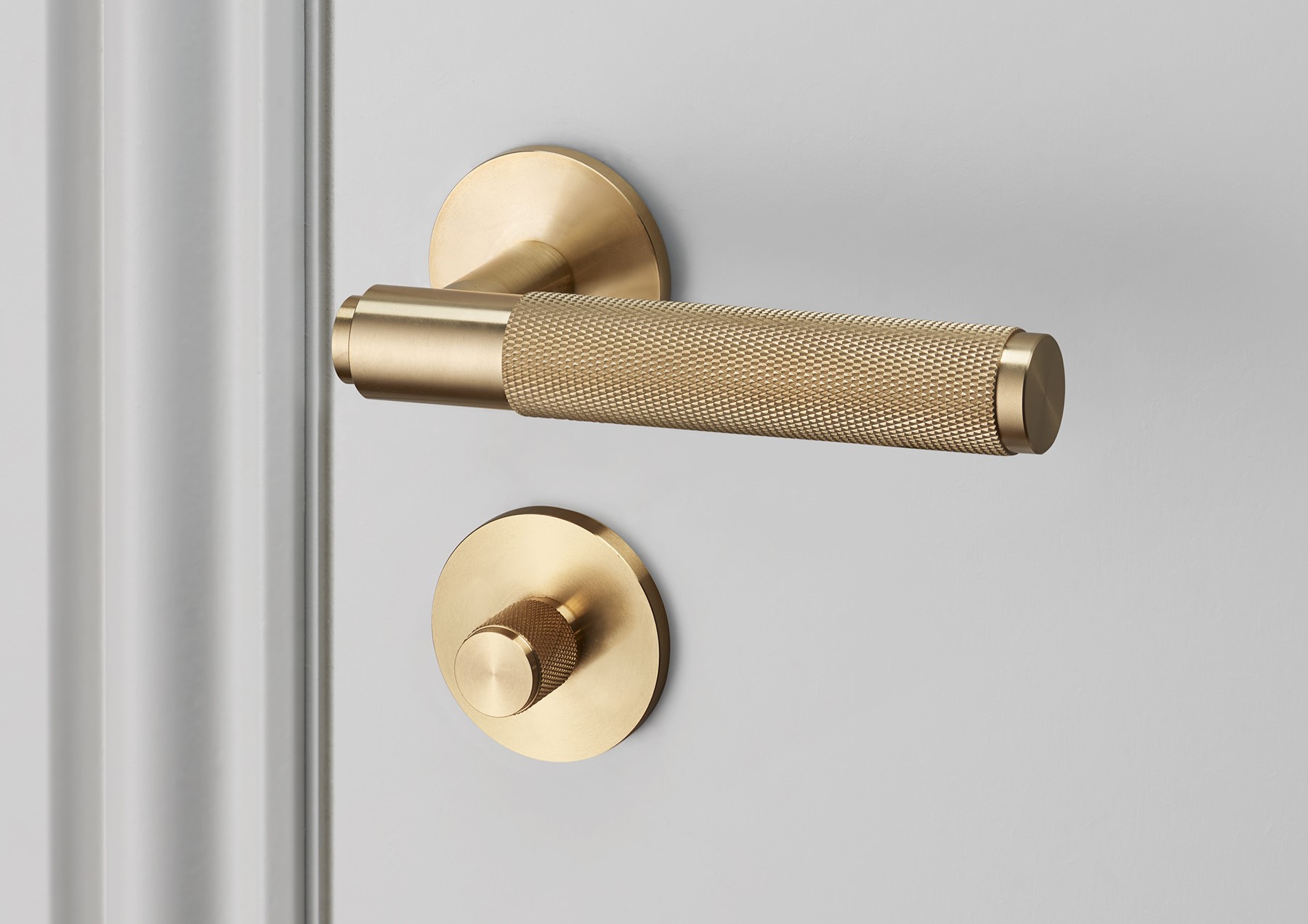
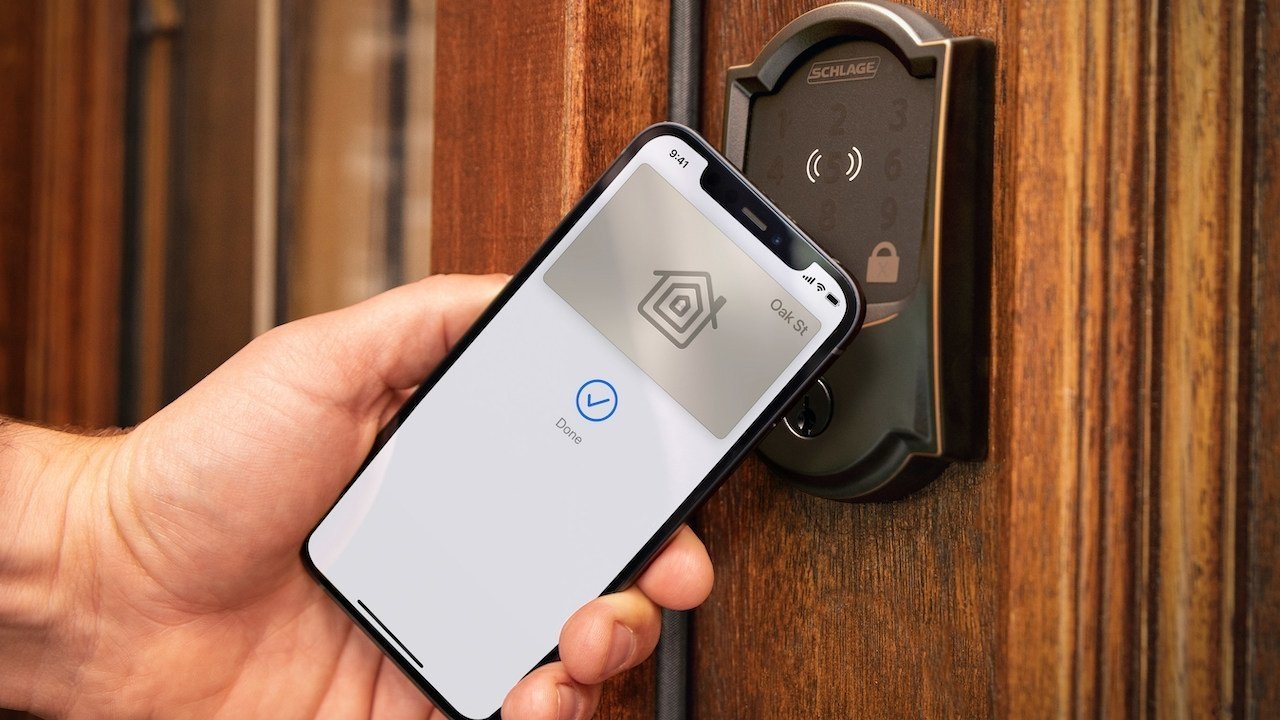
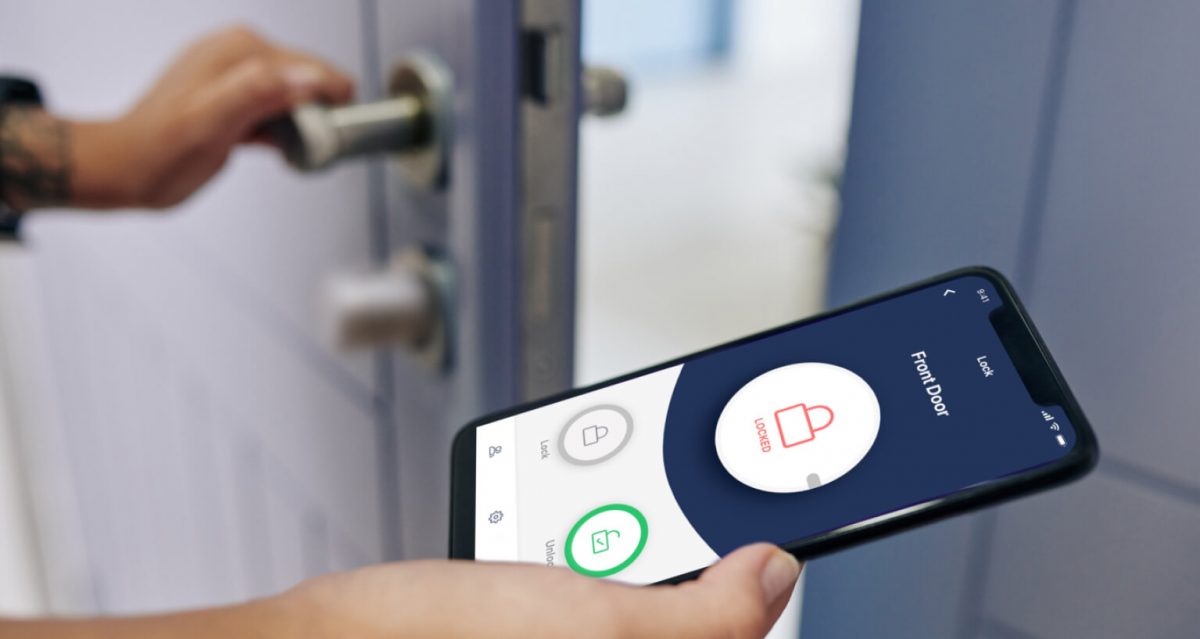
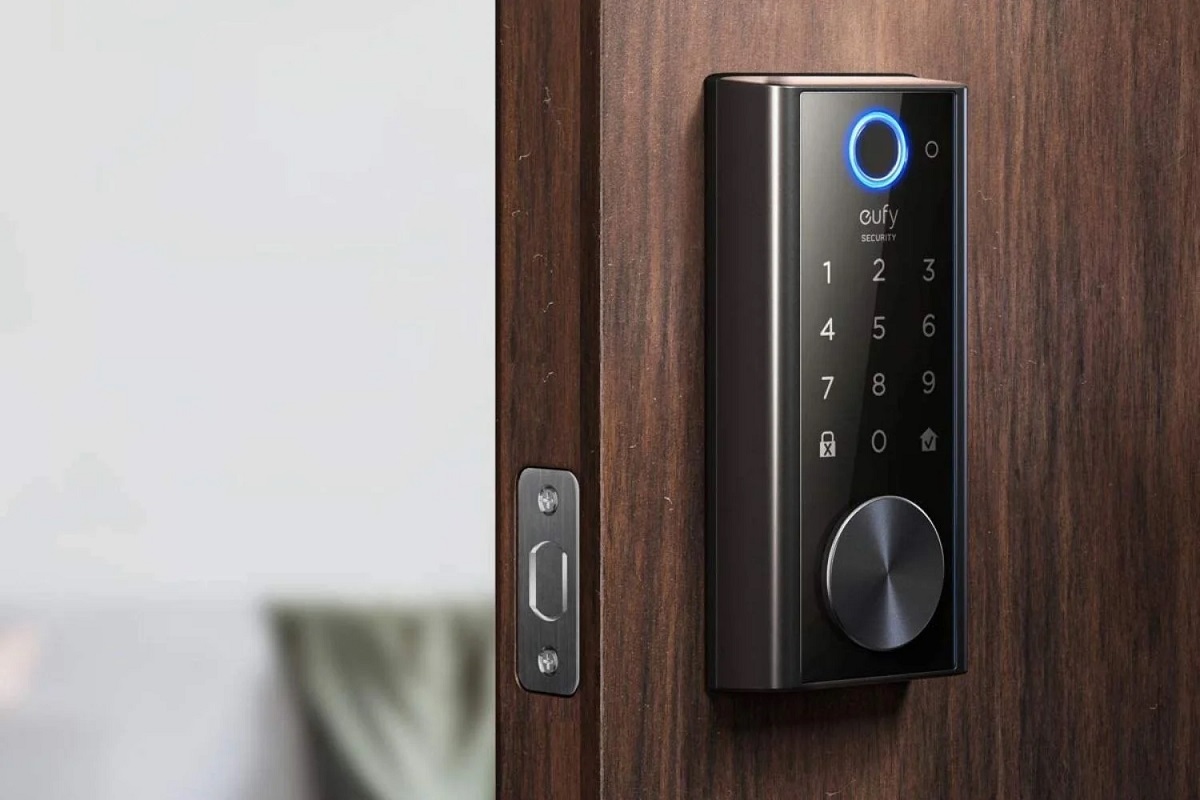

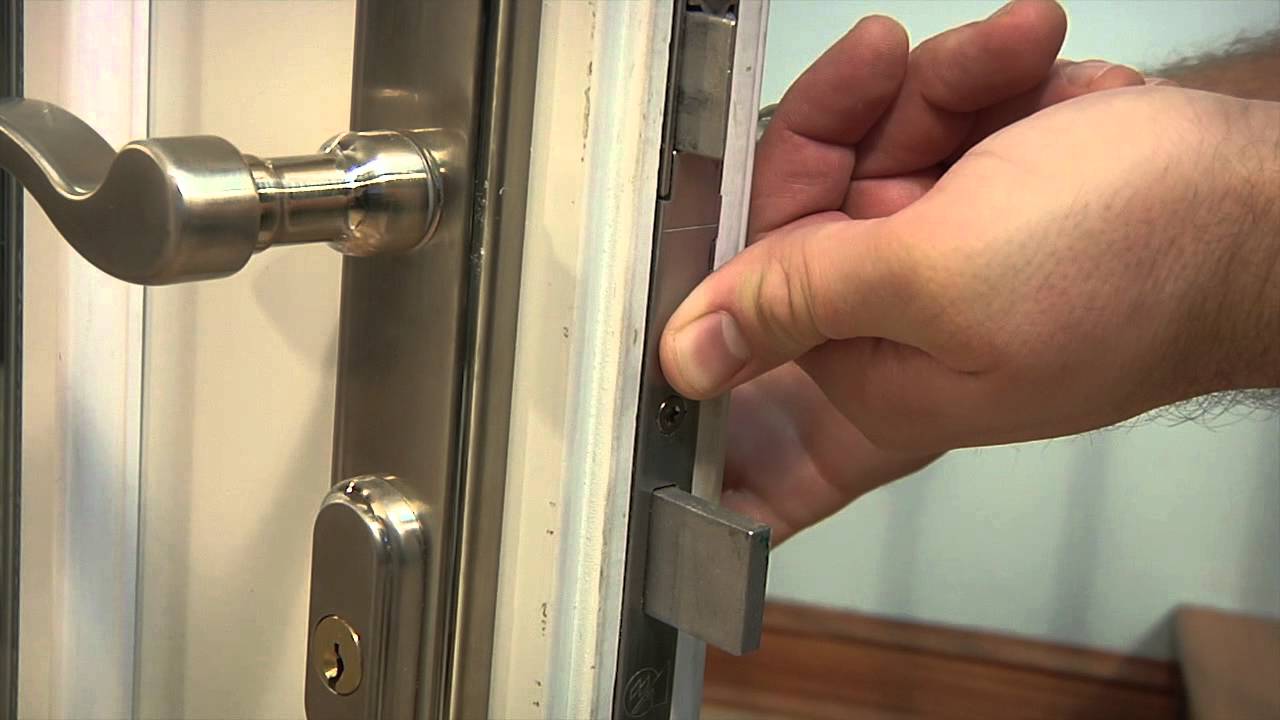

0 thoughts on “What Is A Deadbolt Door Lock”